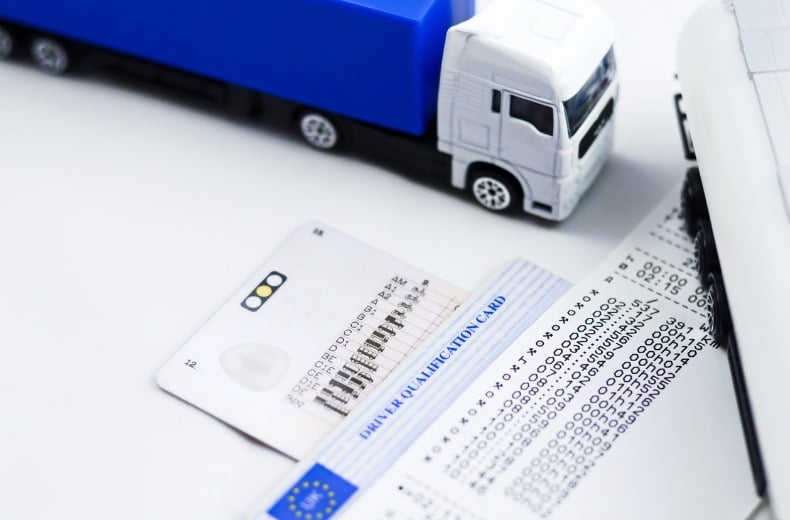Driving in the UK
| Outline | Description |
|---|---|
| Introduction | Overview of driving in the UK and what this guide covers. |
| Understanding UK Road Rules | Key road rules every driver in the UK should know. |
| The Importance of Road Signs | Explanation of various road signs and their significance. |
| Driving on the Left Side of the Road | Tips and advice for adjusting to driving on the left. |
| Roundabouts and Junctions | Navigating roundabouts and junctions effectively. |
| Speed Limits and Regulations | Detailed overview of speed limits and regulations on UK roads. |
| Motorway Driving | Best practices and rules for driving on motorways. |
| Parking Regulations | Parking rules and restrictions to be aware of in the UK. |
| Penalties and Points System | Overview of penalties and points system for traffic violations. |
| Eco-Friendly Driving Practices | Tips for reducing your carbon footprint while driving. |
| Driving in Different Weather Conditions | How to drive safely in various weather conditions in the UK. |
| Road Safety Tips | General safety tips for driving in the UK. |
| Renting a Car in the UK | Guide to renting a car, including requirements and tips. |
| Insurance Requirements | Mandatory insurance requirements for drivers in the UK. |
| Fuel Types and Costs | Information on different fuel types and their costs. |
| Breakdowns and Emergencies | What to do in case of a breakdown or emergency on the road. |
| Driving Etiquette and Culture | Understanding the driving culture and etiquette in the UK. |
| Driving with a Foreign License | Rules and guidelines for driving in the UK with a foreign license. |
| Converting a Foreign License to a UK License | Process of converting a foreign license to a UK driving license. |
| Electric Vehicles and Charging Stations | Information on electric vehicles and finding charging stations. |
| Popular Road Trips and Scenic Routes | Suggested road trips and scenic drives across the UK. |
| Toll Roads and Congestion Charges | Information on toll roads and congestion charges, including how to pay them. |
| Smart Motorways | Explanation of smart motorways and how to use them safely. |
| Local Traffic Laws and Regulations | Overview of specific traffic laws and regulations in different regions of the UK. |
| Useful Apps and Resources | Apps and resources to assist with driving in the UK. |
| FAQs | Frequently asked questions about driving in the UK. |
| Conclusion | Summary of key points and final thoughts. |
Introduction Driving in the UK
Driving in the UK offers a unique and often enjoyable experience, but it comes with its own set of rules and challenges. Whether you’re a resident or a visitor, understanding the intricacies of British road systems is crucial for a safe and smooth driving experience. This comprehensive guide covers everything from road rules and regulations to tips for navigating the picturesque countryside and bustling cities. By the end of this guide, you’ll be well-equipped with the knowledge needed to drive confidently in the UK.
Understanding UK Road Rules
The UK has a robust set of road rules designed to ensure safety and order on the roads. These rules are detailed in the Highway Code, which every driver must adhere to. Key rules include:
- Driving on the Left: One of the most distinctive features of UK driving is driving on the left-hand side of the road. This can be particularly challenging for visitors from countries where right-hand driving is the norm.
- Seat Belts: Wearing seat belts is mandatory for all passengers. The driver is responsible for ensuring that passengers under 14 years old are wearing seat belts.
- Mobile Phones: Using a handheld mobile phone while driving is illegal. Hands-free devices are allowed but must not cause distractions.
- Drink Driving: The legal alcohol limit is 80 milligrams of alcohol per 100 milliliters of blood, one of the highest in Europe. However, it’s safest not to drink at all if you plan to drive.
Adhering to these rules is essential for your safety and for avoiding penalties.
The Importance of Road Signs
Road signs are an integral part of driving in the UK, providing critical information and instructions. Familiarize yourself with:
- Regulatory Signs: Indicate what you must or must not do (e.g., speed limits, no entry).
- Warning Signs: Alert you to potential hazards (e.g., sharp bends, pedestrian crossings).
- Informational Signs: Provide helpful information (e.g., directions, parking).
Recognizing and understanding these signs is vital for safe and legal driving.
Driving on the Left Side of the Road
For many foreigners, the most challenging aspect of driving in the UK is adjusting to driving on the left. Here are some tips to help you adapt:
- Practice in a Quiet Area: Start driving in less busy areas to get comfortable with the change.
- Positioning: Always remember to keep your car closer to the left side of the lane.
- Roundabouts: Approach roundabouts carefully, yield to traffic coming from the right, and circle clockwise.
With practice, driving on the left will become second nature.
Roundabouts and Junctions
Roundabouts are common in the UK and can be daunting for new drivers. Key points to remember:
- Give Way: Always give way to traffic coming from your right unless directed otherwise by road signs or markings.
- Indicate: Signal your intentions clearly when entering and exiting a roundabout.
- Stay Calm: Approach roundabouts slowly and calmly, ensuring you have a clear view of the traffic.
Junctions also require careful navigation. Always stop at ‘Stop’ signs and proceed with caution at ‘Give Way’ signs.
Speed Limits and Regulations
Speed limits in the UK vary depending on the type of road and area. Common limits include:
- Motorways: 70 mph (112 km/h)
- Dual Carriageways: 70 mph (112 km/h)
- Single Carriageways: 60 mph (96 km/h)
- Built-Up Areas: 30 mph (48 km/h), often reduced to 20 mph (32 km/h) in residential zones
Adhering to speed limits is crucial for safety and avoiding fines.
Motorway Driving
Motorways are major highways designed for fast, long-distance travel. Important tips for motorway driving include:
- Lane Discipline: Use the left lane for normal driving and the right lanes for overtaking.
- Speed Limits: Observe the speed limit and adapt to traffic conditions.
- Exits: Plan your route and know your exit in advance to avoid last-minute lane changes.
Motorways are generally safe but require vigilance and adherence to rules.
Parking Regulations
Parking rules in the UK can be strict, especially in urban areas. Key points to remember:
- Yellow Lines: Single yellow lines mean parking restrictions apply during certain hours, while double yellow lines mean no parking at any time.
- Parking Meters and Pay & Display: Ensure you pay for your parking and display the ticket clearly.
- Residential Parking: Be aware of resident-only parking zones and the need for permits.
Following parking regulations prevents fines and ensures you park legally.
Penalties and Points System
The UK uses a points system to penalize traffic violations. Common offenses and their points include:
- Speeding: 3-6 points
- Using a Mobile Phone: 6 points
- Drink Driving: Disqualification and a minimum of 3 points upon reinstatement
Accumulating too many points can lead to disqualification, so it’s essential to drive safely and responsibly.
Eco-Friendly Driving Practices
Reducing your carbon footprint while driving is beneficial for the environment. Tips for eco-friendly driving include:
- Smooth Acceleration: Avoid rapid acceleration and braking.
- Maintain Your Vehicle: Keep your car well-maintained for better fuel efficiency.
- Carpooling: Share rides to reduce the number of vehicles on the road.
Eco-friendly driving helps conserve resources and protect the environment.
Driving in Different Weather Conditions
The UK weather can be unpredictable, impacting driving conditions. Safety tips for various weather conditions include:
- Rain: Reduce speed, increase following distance, and use headlights.
- Snow and Ice: Drive slowly, use higher gears to avoid wheel spin, and keep a safe distance.
- Fog: Use fog lights, drive slowly, and maintain a safe distance.
Adapting to weather conditions ensures safer journeys.
Road Safety Tips
General road safety tips for driving in the UK include:
- Seat Belts: Ensure all passengers wear seat belts.
- Speed: Adhere to speed limits and adjust speed according to conditions.
- Alertness: Stay alert and avoid distractions, such as using a mobile phone.
Prioritizing safety helps prevent accidents and ensures a smoother driving experience.
Renting a Car in the UK
Renting a car in the UK is straightforward but requires some planning. Key points include:
- Requirements: A valid driving license, credit card, and often a minimum age of 21.
- Insurance: Ensure you have adequate insurance coverage.
- Rental Agreement: Read and understand the rental agreement, including mileage limits and fuel policy.
Renting a car provides flexibility and convenience for exploring the UK.
Insurance Requirements
Car insurance is mandatory in the UK. The minimum required coverage is third-party insurance, which covers damage to other vehicles and property. Comprehensive insurance offers additional protection, including damage to your vehicle. Ensure your insurance meets legal requirements and provides adequate coverage.
Fuel Types and Costs
Fuel types available in the UK include petrol, diesel, and increasingly, electric. Petrol and diesel prices fluctuate but tend to be higher than in many other countries. Electric vehicle charging points are becoming more common, offering a greener alternative. Plan your fuel stops and consider the most cost-effective and environmentally friendly options.
Breakdowns and Emergencies
In case of a breakdown or emergency:
- Emergency Numbers: Dial 999 for emergencies or 101 for non-emergencies.
- Breakdown Services: Consider subscribing to a breakdown service such as the AA or RAC.
- Safety: Move your vehicle to a safe location if possible, and use hazard lights to alert other drivers.
Being prepared for emergencies ensures a swift and safe resolution.
Driving Etiquette and Culture
Understanding driving etiquette and culture in the UK enhances your driving experience. Key points include:
- Politeness: Use indicators, give way when appropriate, and thank other drivers with a wave.
- Queueing: Respect queueing in traffic and at junctions.
- Roundabouts: Follow the rules and be patient with other drivers.
Adhering to local etiquette fosters a respectful driving environment.
Driving with a Foreign License
Foreigners can drive in the UK with a valid license from their home country for up to 12 months. After this period, you may need to exchange your license or pass the UK driving tests. Check specific requirements based on your country of origin to ensure compliance.
Converting a Foreign License to a UK License
To convert a foreign license to a UK driving license:
- Eligible Countries: Check if your country is eligible for direct exchange without tests.
- Application: Apply through the DVLA with necessary documents and fees.
- Tests: If your country is not eligible, you’ll need to pass the UK theory and practical tests.
Converting your license ensures legal driving beyond the initial 12-month period.
Electric Vehicles and Charging Stations
Electric vehicles (EVs) are gaining popularity in the UK. Information on EVs includes:
- Charging Stations: Increasingly available at public locations, service stations, and workplaces.
- Incentives: Government incentives for EV purchase and reduced road tax.
- Environmental Impact: Lower emissions and running costs compared to petrol and diesel vehicles.
Considering an EV can be a cost-effective and environmentally friendly choice.
Popular Road Trips and Scenic Routes
The UK offers stunning scenic routes and road trips. Popular destinations include:
- Scotland’s North Coast 500: A 516-mile route through the Scottish Highlands.
- The Lake District: Picturesque drives around lakes and mountains.
- Cornwall’s Coastal Roads: Beautiful coastal views and charming villages.
Planning a road trip allows you to explore the UK’s natural beauty.
Toll Roads and Congestion Charges
Certain roads and areas in the UK have tolls and congestion charges:
- M6 Toll: A major toll road bypassing Birmingham.
- London Congestion Charge: A fee for driving in central London during peak hours.
- Payment: Pay tolls and charges online, at service stations, or via mobile apps.
Understanding these charges ensures compliance and avoids fines.
Smart Motorways
Smart motorways use technology to manage traffic flow and reduce congestion. Features include:
- Variable Speed Limits: Adjusted based on traffic conditions.
- Hard Shoulder Use: The hard shoulder may be used as an additional lane during peak times.
- Signage: Electronic signs provide real-time information and instructions.
Driving on smart motorways requires attention to signs and speed limits.
Local Traffic Laws and Regulations
Traffic laws and regulations can vary by region within the UK. Key considerations include:
- Urban Areas: Specific rules for congestion zones and low-emission areas.
- Rural Roads: Narrow lanes and unique speed limits.
- School Zones: Reduced speed limits and increased pedestrian activity.
Being aware of local regulations ensures compliance and safety.
Useful Apps and Resources
Various apps and resources can assist with driving in the UK:
- Navigation Apps: Google Maps, Waze, and TomTom for real-time directions and traffic updates.
- Parking Apps: Parkopedia and RingGo for finding and paying for parking.
- Fuel Price Apps: PetrolPrices and Fuelio for locating the cheapest fuel.
Utilizing these resources enhances convenience and efficiency.
FAQs
What side of the road do you drive on in the UK?
- In the UK, you drive on the left side of the road.
Can I use my foreign driving license in the UK?
- Yes, you can use a valid foreign driving license for up to 12 months.
Are there toll roads in the UK?
- Yes, there are toll roads such as the M6 Toll, and congestion charges in cities like London.
What should I do in case of a breakdown?
- Move your vehicle to a safe location if possible, use hazard lights, and contact a breakdown service or emergency number.
Is car insurance mandatory in the UK?
- Yes, car insurance is mandatory, with third-party insurance being the minimum required.
How do I convert my foreign driving license to a UK license?
- Check if your country is eligible for a direct exchange through the DVLA, or otherwise, pass the UK theory and practical tests.
Conclusion
Driving in the UK can be a rewarding experience, offering the freedom to explore its rich landscapes and vibrant cities. By understanding and adhering to UK road rules, preparing adequately, and using available resources, you can ensure a safe and enjoyable driving experience. Whether you’re a local or a visitor, this guide equips you with the essential knowledge to navigate British roads confidently.
Inbound Links Suggestions:
- Link to the Highway Code for detailed road rules and regulations.
- Link to a guide on eco-friendly driving tips.
Outbound Links Suggestions:
- Link to the official DVLA website for license applications and updates.
- Link to reputable car rental companies and insurance providers.
 UK driving license, you must meet specific eligibility criteria. These include:
UK driving license, you must meet specific eligibility criteria. These include:

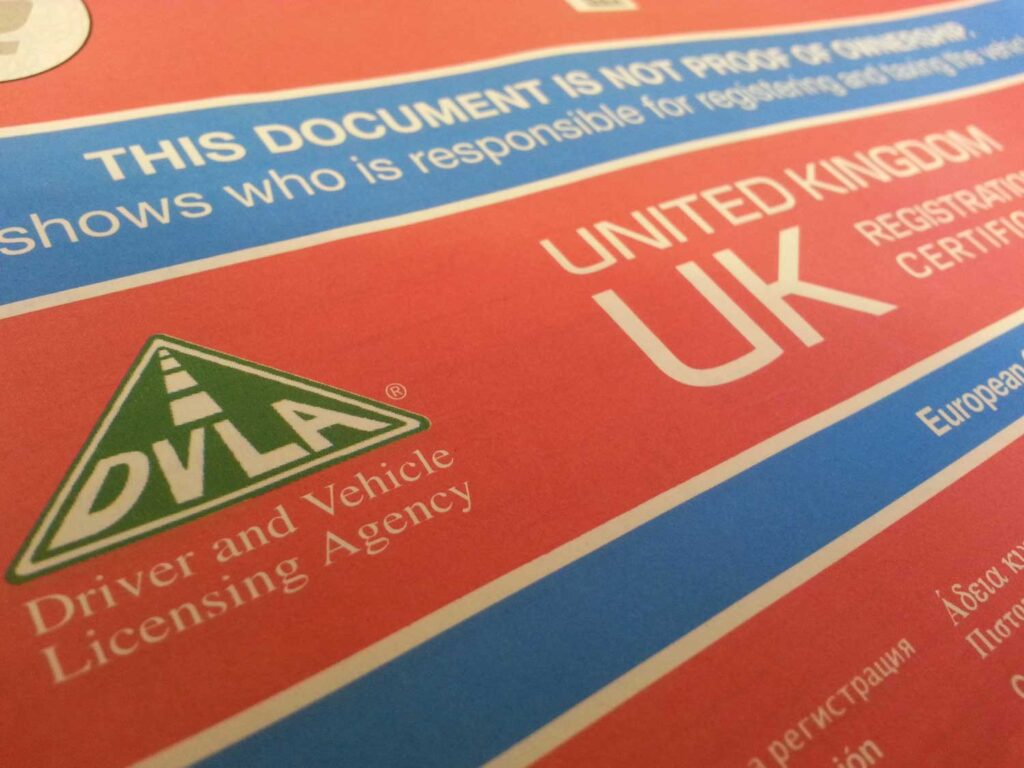
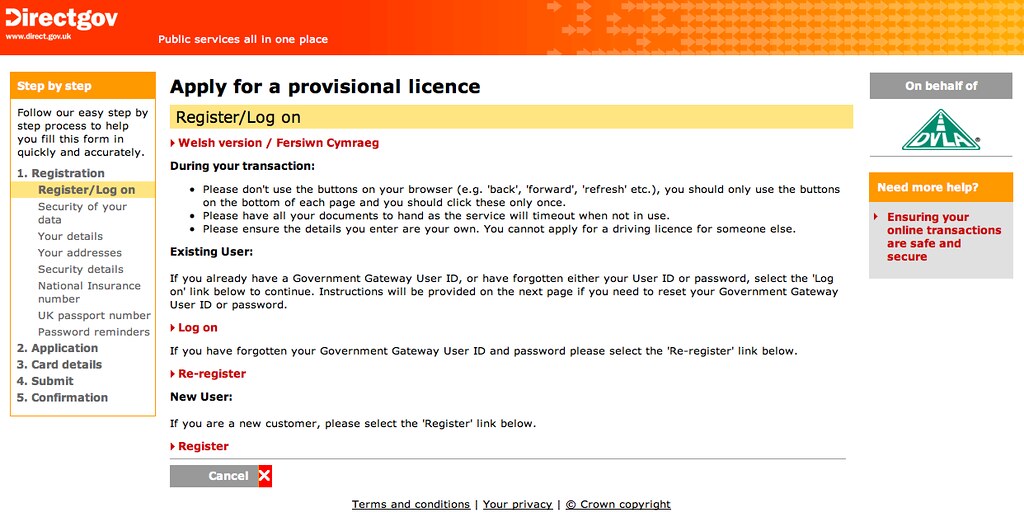





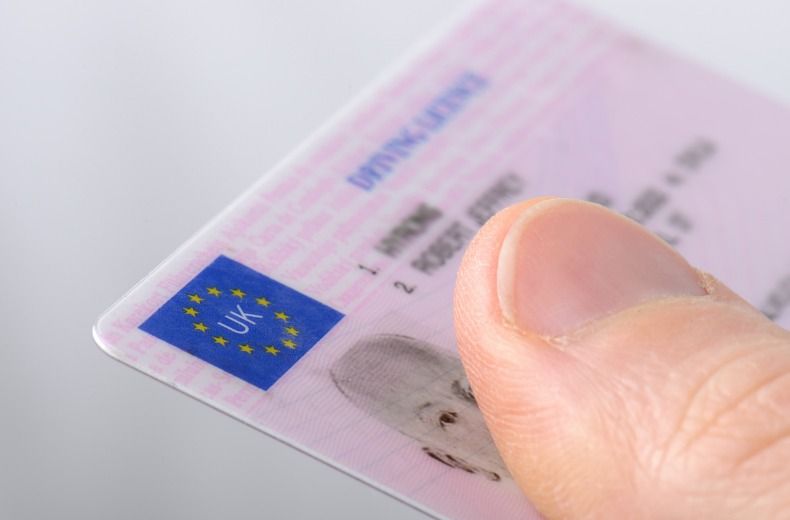 17th Dec 2021
17th Dec 2021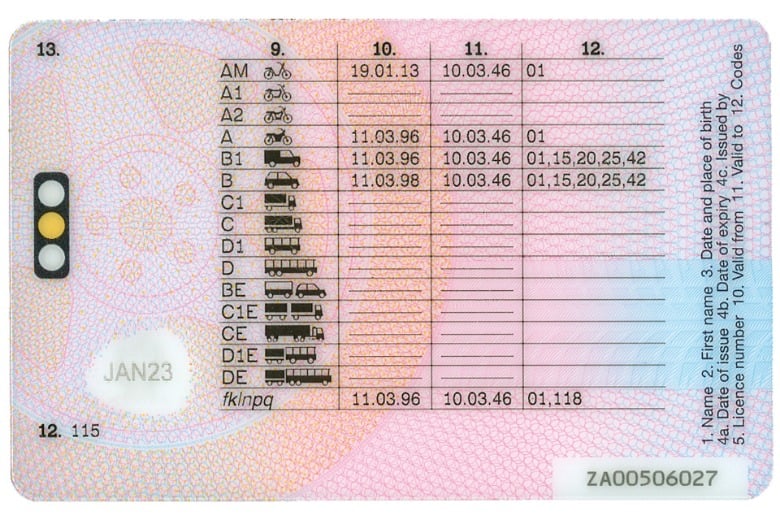 The easiest way to see which categories your licence covers is to look at section nine of your photocard. Found on the front of the card, this section shows driving licence categories represented by letters separated by commas or slashes. Capital letters refer to categories recognised across Europe, while lower case letters refer to national categories. On the back of your driving licence, you’ll notice a table with three columns:
The easiest way to see which categories your licence covers is to look at section nine of your photocard. Found on the front of the card, this section shows driving licence categories represented by letters separated by commas or slashes. Capital letters refer to categories recognised across Europe, while lower case letters refer to national categories. On the back of your driving licence, you’ll notice a table with three columns:
